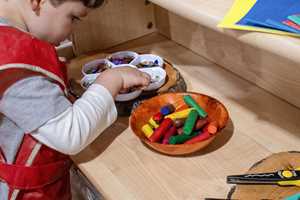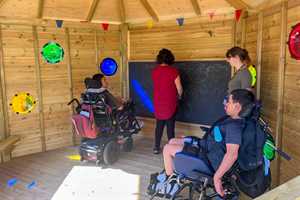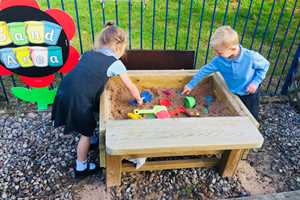
Special Educational Needs
The Proprioceptive Sense in Sensory Play
Where possible proprioceptive input (muscle work) should follow vestibular input as this helps the nervous system to process movement and ‘ground’ the child. The vestibular system can involve big movements and developing an understanding of gravity and proprioception involves developing body awareness in different surroundings.
Proprioception lets children know how much strength their muscles need to use when throwing a ball, climbing a net or giving somebody a high five. Choosing a path of movement throughout a space and navigating their way through objects and people involves use of the proprioceptive system.
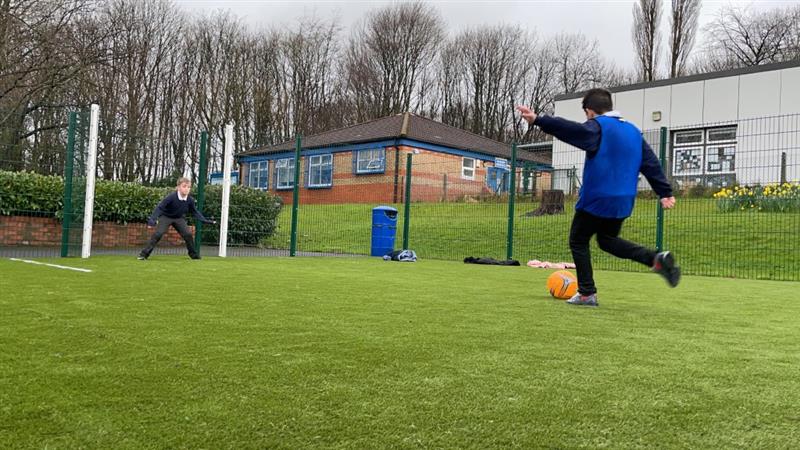
Proprioception can involve heavy work activities like pushing and pulling or any action that is a force against your muscles, helping children to ground themselves if they become overstimulated. Working the proprioceptive system can help a child to feel calm, helping with their focus and attention throughout the school day.
Pupils with an underdeveloped proprioceptive sense may seem to walk into objects, break toys, spill things and have difficult applying the correct amount of force for example when mark making. They may slam objects down or press too hard on things. When climbing down a ladder they may need to watch their feet moving onto each rung as they don’t yet have the body awareness to feel each rung with their foot.
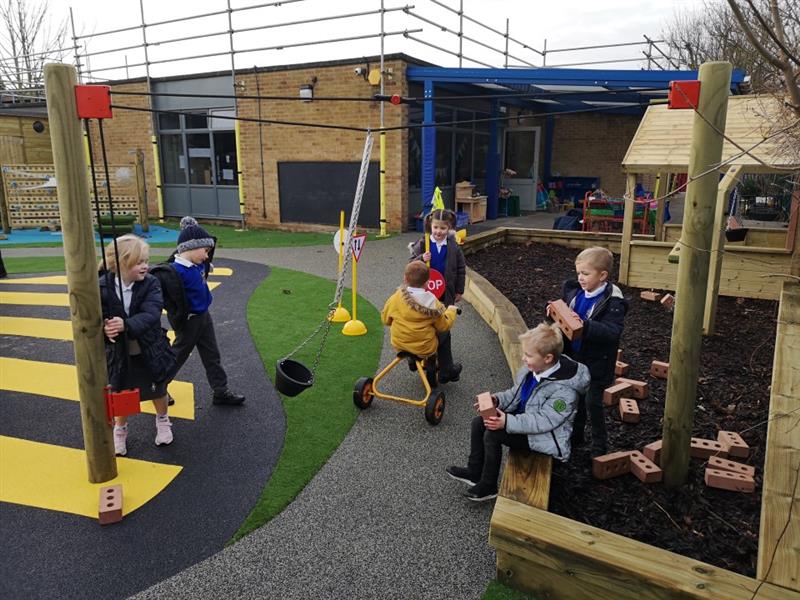
Animal walks such as frog, crab and bear are great for providing heavy muscle work. To make this activity more fun children could walk across a section of the playground whilst a teacher rolls balls in their direction. A child must avoid the balls as they move from one side to the other.
A Pentagon Rope and Pulley Materials Mover is a fantastic heavy work resource which promotes the vestibular and proprioceptive sense. Mud, sand or water can be loaded into the bucket as children experiment with this machine, solving problems and building STEM skills.
If children are working in the water area two large buckets can be used as a heavy work activity. One bucket can be filled with water and children can be challenged to fill the other bucket using smaller containers. A competitive element could be added to this task as children from different team’s race to fill their bucket or a timer is added.
Not only does the water help build the vestibular and proprioceptive sense, but it can also improve a wide variety of other skills. This is why water play is an important play type.
A school garden is a fantastic place for proprioception activities. Gardening jobs such as digging and moving soil, pulling weeds, adding rocks and using wheelbarrows provides heavy input, supporting movement and building strength. As pupils pull the hose to water plants and carry watering cans they will be kneeling, squatting and standing, developing a range of gross motor skills.
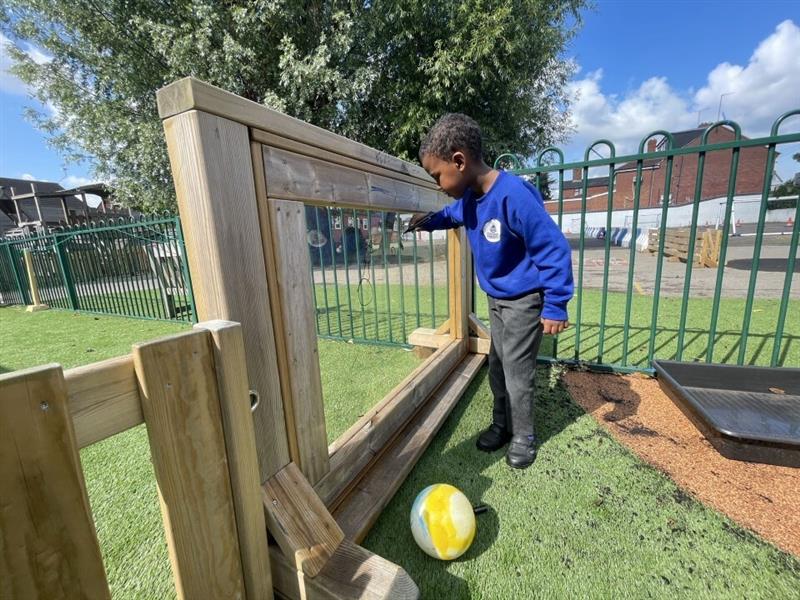
Drawing or writing on a Giant Paint Panel using whiteboard markers is a really simple way to get extra proprioceptive feedback as opposed to writing or drawing at a desk. Drawing on frosted glass or using large paper and pens on the floor can also be useful tasks.
This blog is the first of our new series of blogs about Sensory Play.
Coming up in the series:
What is Sensory Play and the Vestibular Sense?
Tactile Sensory Play
Sensory Play with Water
Interoception Explained



.jpg)

